Prototypes
The whom, why and WTF
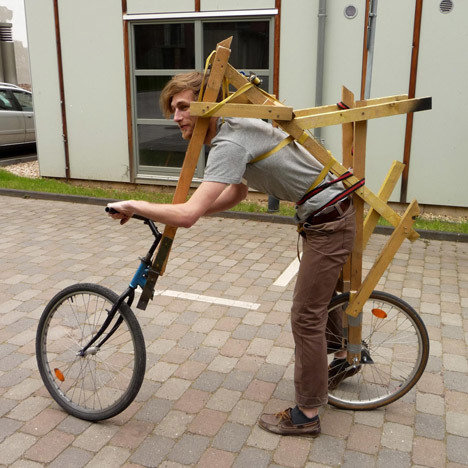
The Fliz
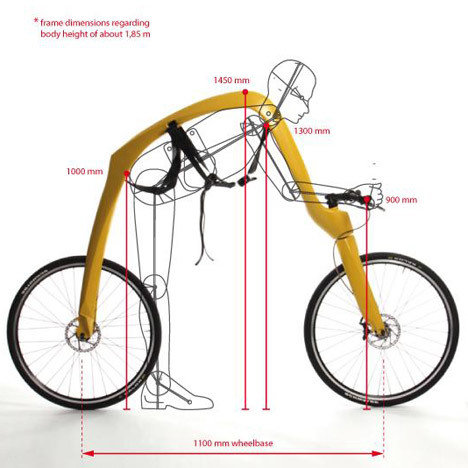
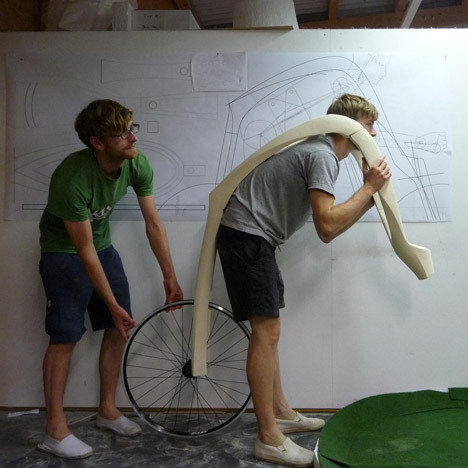
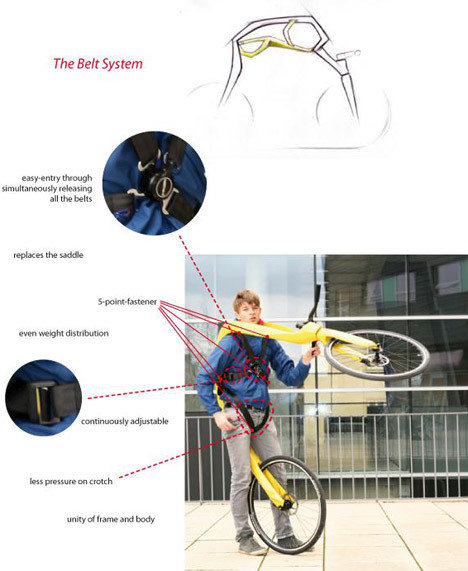

The Product
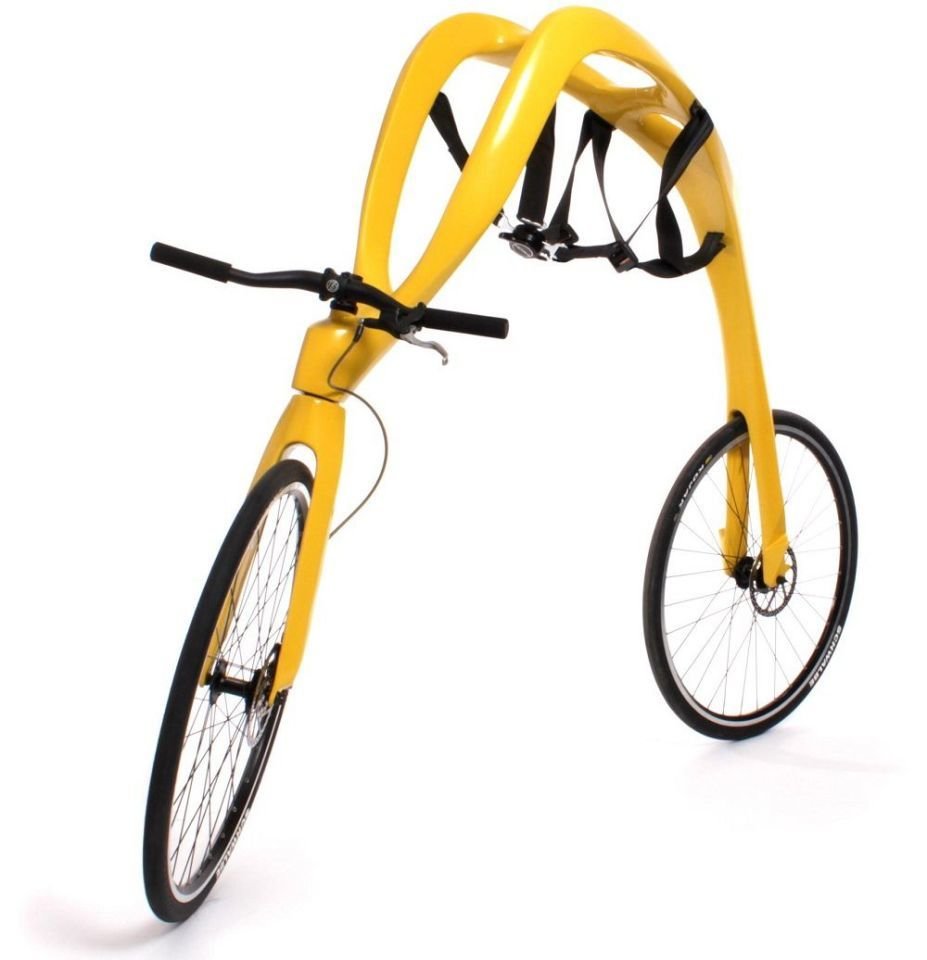
Humble Beginnings
"Harry Potter Book Series has sold over 450 million copies in over 67 different languages, and who is supposed to be richer than the Queen of England. [...] She sent the manuscript of her first book to 12 different publishers and got rejected by every single one of them”

Humble Beginnings
"Harry Potter Book Series has sold over 450 million copies in over 67 different languages, and who is supposed to be richer than the Queen of England. [...] She sent the manuscript of her first book to 12 different publishers and got rejected by every single one of them”

Humble Beginnings
"Harry Potter Book Series has sold over 450 million copies in over 67 different languages, and who is supposed to be richer than the Queen of England. [...] She sent the manuscript of her first book to 12 different publishers and got rejected by every single one of them”

Humble Beginnings
"Harry Potter Book Series has sold over 450 million copies in over 67 different languages, and who is supposed to be richer than the Queen of England. [...] She sent the manuscript of her first book to 12 different publishers and got rejected by every single one of them”

Humble Beginnings
"Harry Potter Book Series has sold over 450 million copies in over 67 different languages, and who is supposed to be richer than the Queen of England. [...] She sent the manuscript of her first book to 12 different publishers and got rejected by every single one of them”

Humble Beginnings
"Harry Potter Book Series has sold over 450 million copies in over 67 different languages, and who is supposed to be richer than the Queen of England. [...] She sent the manuscript of her first book to 12 different publishers and got rejected by every single one of them”

On Humans
"We humans are complex beings, and can be difficult to design for. We all have distinct personalities, emotional baggage, and unique dispositions, so how can we design something that can appeal to such wide-ranging perspectives?”
Aaron Walter
Designing for Emotion (2011)

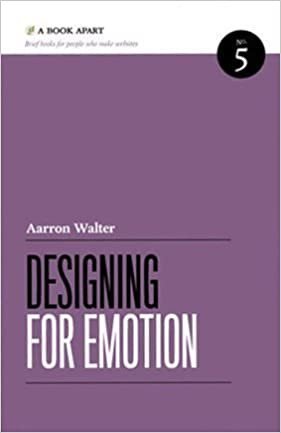
On Humans
"We humans are complex beings, and can be difficult to design for. We all have distinct personalities, emotional baggage, and unique dispositions, so how can we design something that can appeal to such wide-ranging perspectives?”
Aaron Walter
Designing for Emotion (2011)


On Humans
"We humans are complex beings, and can be difficult to design for. We all have distinct personalities, emotional baggage, and unique dispositions, so how can we design something that can appeal to such wide-ranging perspectives?”
Aaron Walter
Designing for Emotion (2011)


On Humans
"We humans are complex beings, and can be difficult to design for. We all have distinct personalities, emotional baggage, and unique dispositions, so how can we design something that can appeal to such wide-ranging perspectives?”
Aaron Walter
Designing for Emotion (2011)


On Humans
"We humans are complex beings, and can be difficult to design for. We all have distinct personalities, emotional baggage, and unique dispositions, so how can we design something that can appeal to such wide-ranging perspectives?”
Aaron Walter
Designing for Emotion (2011)


Feedback Sandwich

Internal Feedback
Humans: Users
Humans: Team, Client, Boss
External Feedback
😰
Not Exact Science

- No one-size fits all
- Not sequential
- Internal expectations
- Plurality of approaches
- Types of products
- Different personalities
- Facilitation role
- Hard to separate biases
- One tool in toolbelt
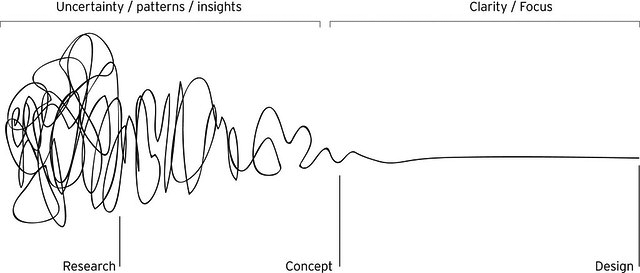
Not Exact Science

- No one-size fits all
- Not sequential
- Internal expectations
- Plurality of approaches
- Types of products
- Different personalities
- Facilitation role
- Hard to separate biases
- One tool in toolbelt

Not Exact Science

- No one-size fits all
- Not sequential
- Internal expectations
- Plurality of approaches
- Types of products
- Different personalities
- Facilitation role
- Hard to separate biases
- One tool in toolbelt

Not Exact Science

- No one-size fits all
- Not sequential
- Internal expectations
- Plurality of approaches
- Types of products
- Different personalities
- Facilitation role
- Hard to separate biases
- One tool in toolbelt

Not Exact Science

- No one-size fits all
- Not sequential
- Internal expectations
- Plurality of approaches
- Types of products
- Different personalities
- Facilitation role
- Hard to separate biases
- One tool in toolbelt

Not Exact Science

- No one-size fits all
- Not sequential
- Internal expectations
- Plurality of approaches
- Types of products
- Different personalities
- Facilitation role
- Hard to separate biases
- One tool in toolbelt

Not Exact Science

- No one-size fits all
- Not sequential
- Internal expectations
- Plurality of approaches
- Types of products
- Different personalities
- Facilitation role
- Hard to separate biases
- One tool in toolbelt

Not Exact Science

- No one-size fits all
- Not sequential
- Internal expectations
- Plurality of approaches
- Types of products
- Different personalities
- Facilitation role
- Hard to separate biases
- One tool in toolbelt

Not Exact Science

- No one-size fits all
- Not sequential
- Internal expectations
- Plurality of approaches
- Types of products
- Different personalities
- Facilitation role
- Hard to separate biases
- One tool in toolbelt

Not Exact Science

- No one-size fits all
- Not sequential
- Internal expectations
- Plurality of approaches
- Types of products
- Different personalities
- Facilitation role
- Hard to separate biases
- One tool in toolbelt

Types of Prototypes

- Paper
- Click-through
- Coded
Types of Prototypes

- Paper
- Click-through
- Coded
Types of Prototypes

- Paper
- Click-through
- Coded
Types of Prototypes

- Paper
- Click-through
- Coded
Fidelity
"In audio, "fidelity" denotes how accurately a copy reproduces its source. In the 1950s, the terms "high fidelity" or "hi-fi" were popularized for equipment and recordings which exhibited more accurate sound reproduction. [...] In the 1976 edition of the Oxford Dictionary, lo-fi was added under the definition of "sound production less good in quality than 'hi-fi,'" and in the glossary of the 1977 book The Tuning of the World, was defined as "unfavourable signal-to-noise ratio."

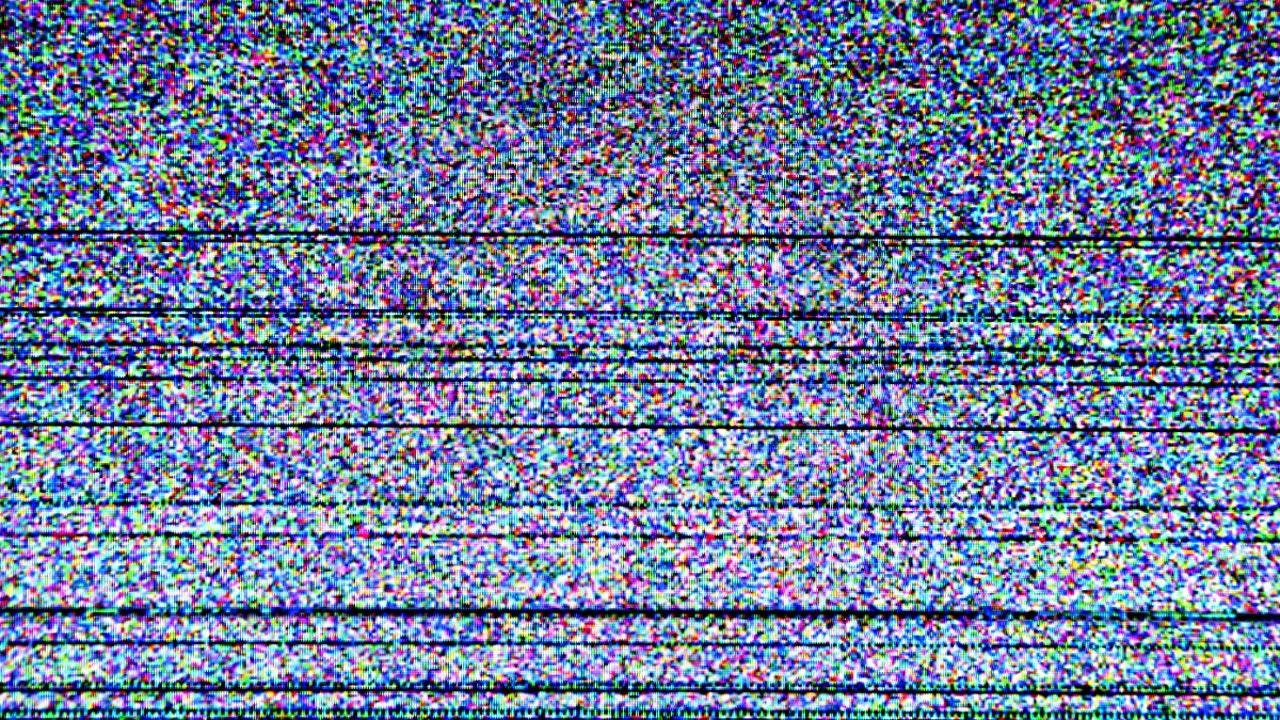

Fidelity
"In audio, "fidelity" denotes how accurately a copy reproduces its source. In the 1950s, the terms "high fidelity" or "hi-fi" were popularized for equipment and recordings which exhibited more accurate sound reproduction. [...] In the 1976 edition of the Oxford Dictionary, lo-fi was added under the definition of "sound production less good in quality than 'hi-fi,'" and in the glossary of the 1977 book The Tuning of the World, was defined as "unfavourable signal-to-noise ratio."



Fidelity
"In audio, "fidelity" denotes how accurately a copy reproduces its source. In the 1950s, the terms "high fidelity" or "hi-fi" were popularized for equipment and recordings which exhibited more accurate sound reproduction. [...] In the 1976 edition of the Oxford Dictionary, lo-fi was added under the definition of "sound production less good in quality than 'hi-fi,'" and in the glossary of the 1977 book The Tuning of the World, was defined as "unfavourable signal-to-noise ratio."



Fidelity
"In audio, "fidelity" denotes how accurately a copy reproduces its source. In the 1950s, the terms "high fidelity" or "hi-fi" were popularized for equipment and recordings which exhibited more accurate sound reproduction. [...] In the 1976 edition of the Oxford Dictionary, lo-fi was added under the definition of "sound production less good in quality than 'hi-fi,'" and in the glossary of the 1977 book The Tuning of the World, was defined as "unfavourable signal-to-noise ratio."



Fidelity
"In audio, "fidelity" denotes how accurately a copy reproduces its source. In the 1950s, the terms "high fidelity" or "hi-fi" were popularized for equipment and recordings which exhibited more accurate sound reproduction. [...] In the 1976 edition of the Oxford Dictionary, lo-fi was added under the definition of "sound production less good in quality than 'hi-fi,'" and in the glossary of the 1977 book The Tuning of the World, was defined as "unfavourable signal-to-noise ratio."



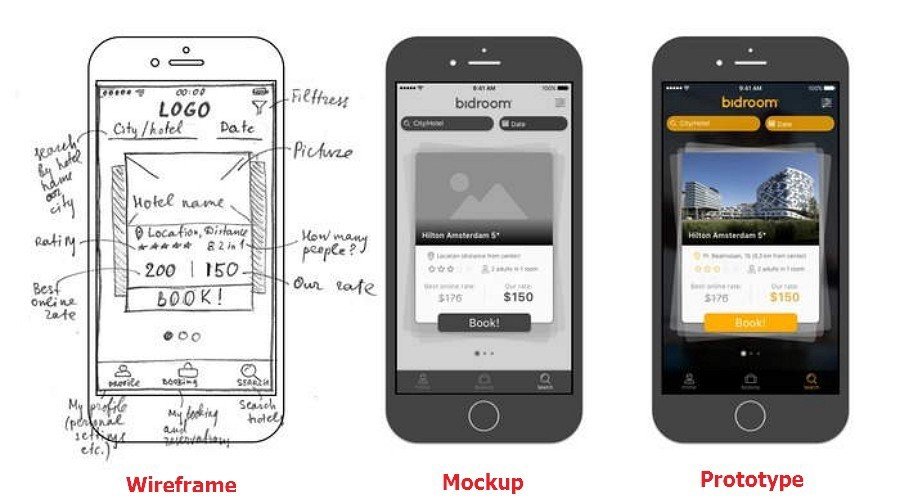
Wireframe
Mockup
Prototype
High Fidelity
Low Fidelity

Wireframe
Mockup
Prototype

High Fidelity
Low Fidelity

Wireframe
Mockup
Prototype

High Fidelity
Low Fidelity

Wireframe
Mockup
Prototype
High Fidelity
Low Fidelity

Thumbnails
Scamps
Mockup
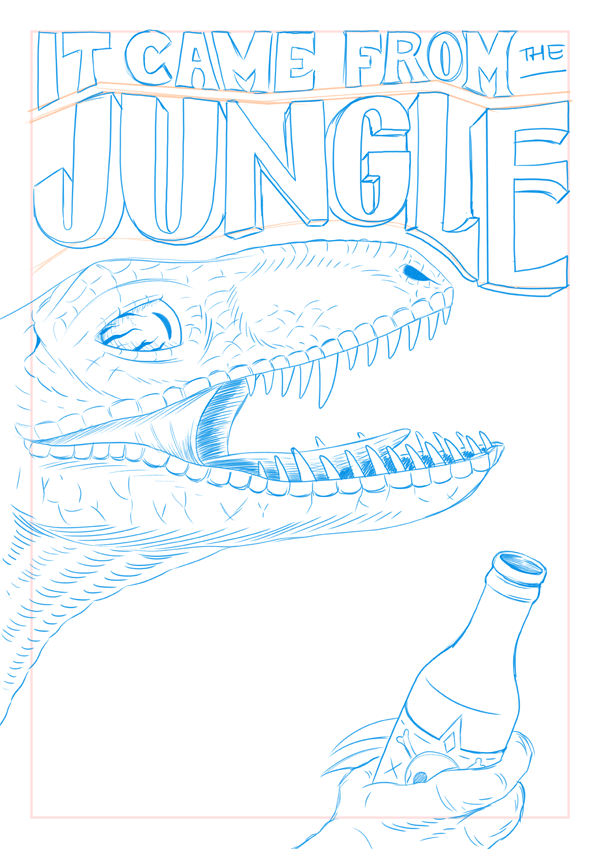

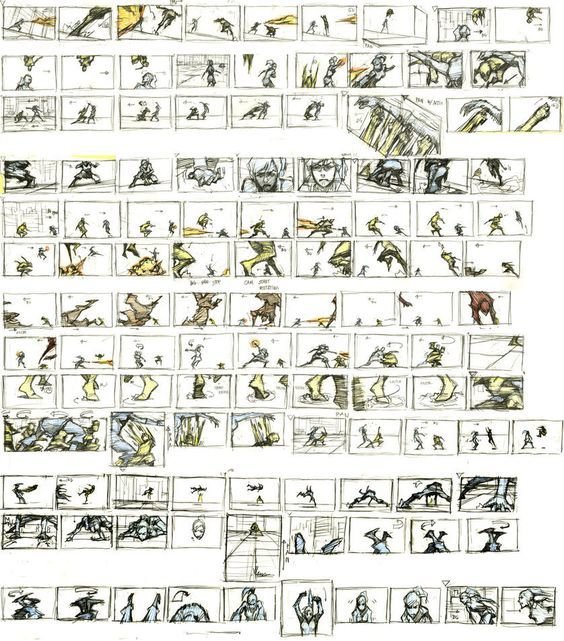
High Fidelity
Low Fidelity
Thumbnails
Scamps
Mockup




High Fidelity
Low Fidelity
Thumbnails
Scamps
Mockup




High Fidelity
Low Fidelity
Thumbnails
Scamps
Mockup




High Fidelity
Low Fidelity
Modality
"In semiotics, a modality is a particular way in which information is to be encoded for presentation to humans, i.e. to the type of sign and to the status of reality ascribed to or claimed by a sign, text, or genre. [...] Thus, the sensory modalities will be visual, auditory, tactile, olfactory, gustatory, kinesthetic, etc. A list of sign types would include: writing, symbol, index, image, map, graph, diagram, etc. Some combinations of signs can be multi-modal, i.e. different types of signs grouped together for effect."



Modality
"In semiotics, a modality is a particular way in which information is to be encoded for presentation to humans, i.e. to the type of sign and to the status of reality ascribed to or claimed by a sign, text, or genre. [...] Thus, the sensory modalities will be visual, auditory, tactile, olfactory, gustatory, kinesthetic, etc. A list of sign types would include: writing, symbol, index, image, map, graph, diagram, etc. Some combinations of signs can be multi-modal, i.e. different types of signs grouped together for effect."



Modality
"In semiotics, a modality is a particular way in which information is to be encoded for presentation to humans, i.e. to the type of sign and to the status of reality ascribed to or claimed by a sign, text, or genre. [...] Thus, the sensory modalities will be visual, auditory, tactile, olfactory, gustatory, kinesthetic, etc. A list of sign types would include: writing, symbol, index, image, map, graph, diagram, etc. Some combinations of signs can be multi-modal, i.e. different types of signs grouped together for effect."



Modality
"In semiotics, a modality is a particular way in which information is to be encoded for presentation to humans, i.e. to the type of sign and to the status of reality ascribed to or claimed by a sign, text, or genre. [...] Thus, the sensory modalities will be visual, auditory, tactile, olfactory, gustatory, kinesthetic, etc. A list of sign types would include: writing, symbol, index, image, map, graph, diagram, etc. Some combinations of signs can be multi-modal, i.e. different types of signs grouped together for effect."



Modality
"In semiotics, a modality is a particular way in which information is to be encoded for presentation to humans, i.e. to the type of sign and to the status of reality ascribed to or claimed by a sign, text, or genre. [...] Thus, the sensory modalities will be visual, auditory, tactile, olfactory, gustatory, kinesthetic, etc. A list of sign types would include: writing, symbol, index, image, map, graph, diagram, etc. Some combinations of signs can be multi-modal, i.e. different types of signs grouped together for effect."



Modality
"In semiotics, a modality is a particular way in which information is to be encoded for presentation to humans, i.e. to the type of sign and to the status of reality ascribed to or claimed by a sign, text, or genre. [...] Thus, the sensory modalities will be visual, auditory, tactile, olfactory, gustatory, kinesthetic, etc. A list of sign types would include: writing, symbol, index, image, map, graph, diagram, etc. Some combinations of signs can be multi-modal, i.e. different types of signs grouped together for effect."



Modality
"In semiotics, a modality is a particular way in which information is to be encoded for presentation to humans, i.e. to the type of sign and to the status of reality ascribed to or claimed by a sign, text, or genre. [...] Thus, the sensory modalities will be visual, auditory, tactile, olfactory, gustatory, kinesthetic, etc. A list of sign types would include: writing, symbol, index, image, map, graph, diagram, etc. Some combinations of signs can be multi-modal, i.e. different types of signs grouped together for effect."



Closer Modality
Further Modality
Abstraction
Emulation



Production
Closer Modality
Further Modality
Abstraction
Emulation




Production
Closer Modality
Further Modality
Abstraction
Emulation




Production
Closer Modality
Further Modality
Abstraction
Emulation
Production




Closer Modality
Further Modality
Abstraction
Emulation
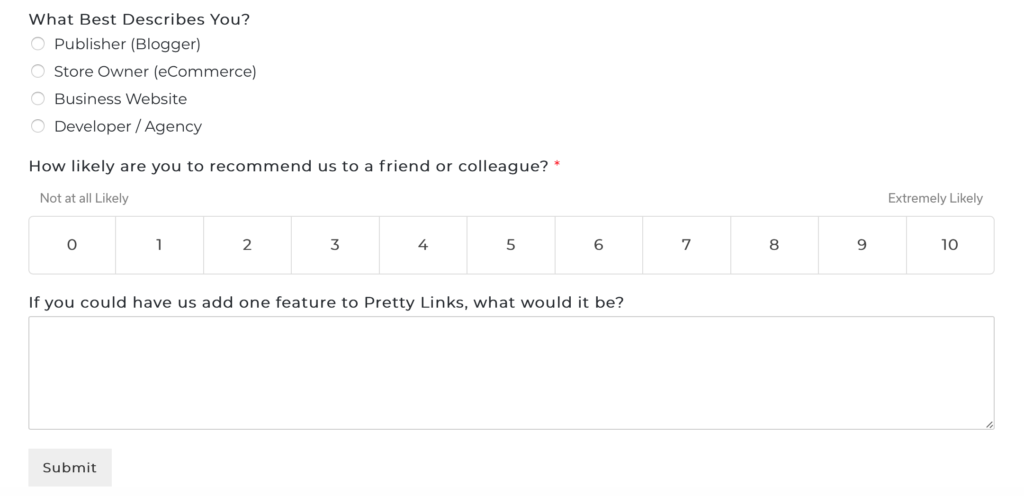


Production

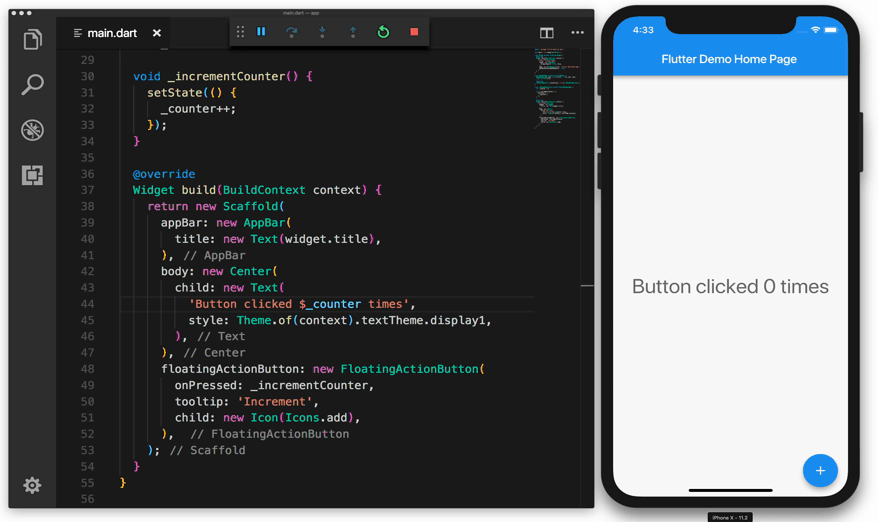

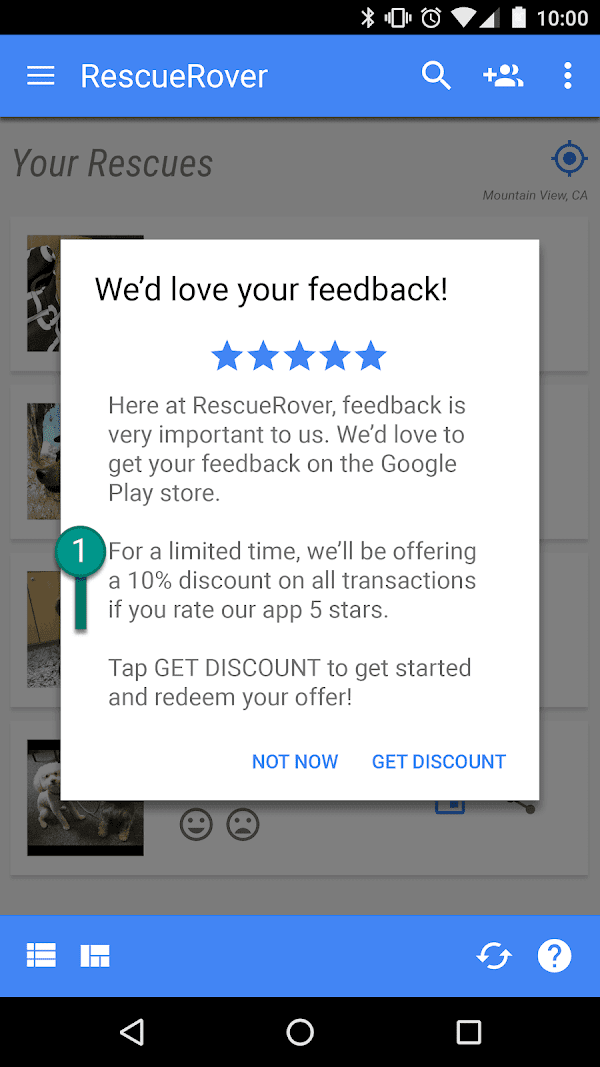


Abstraction
Emulation



Production






Closer Modality
Further Modality

Abstraction
Emulation



Production






Closer Modality
Further Modality

Abstraction
Emulation



Production






Closer Modality
Further Modality

Paper




Click-through
Coded


Paper Prototype
- Precedes Internet
- Easy to Create
- Human Emulated
- Tactile Experience
- Different Modality

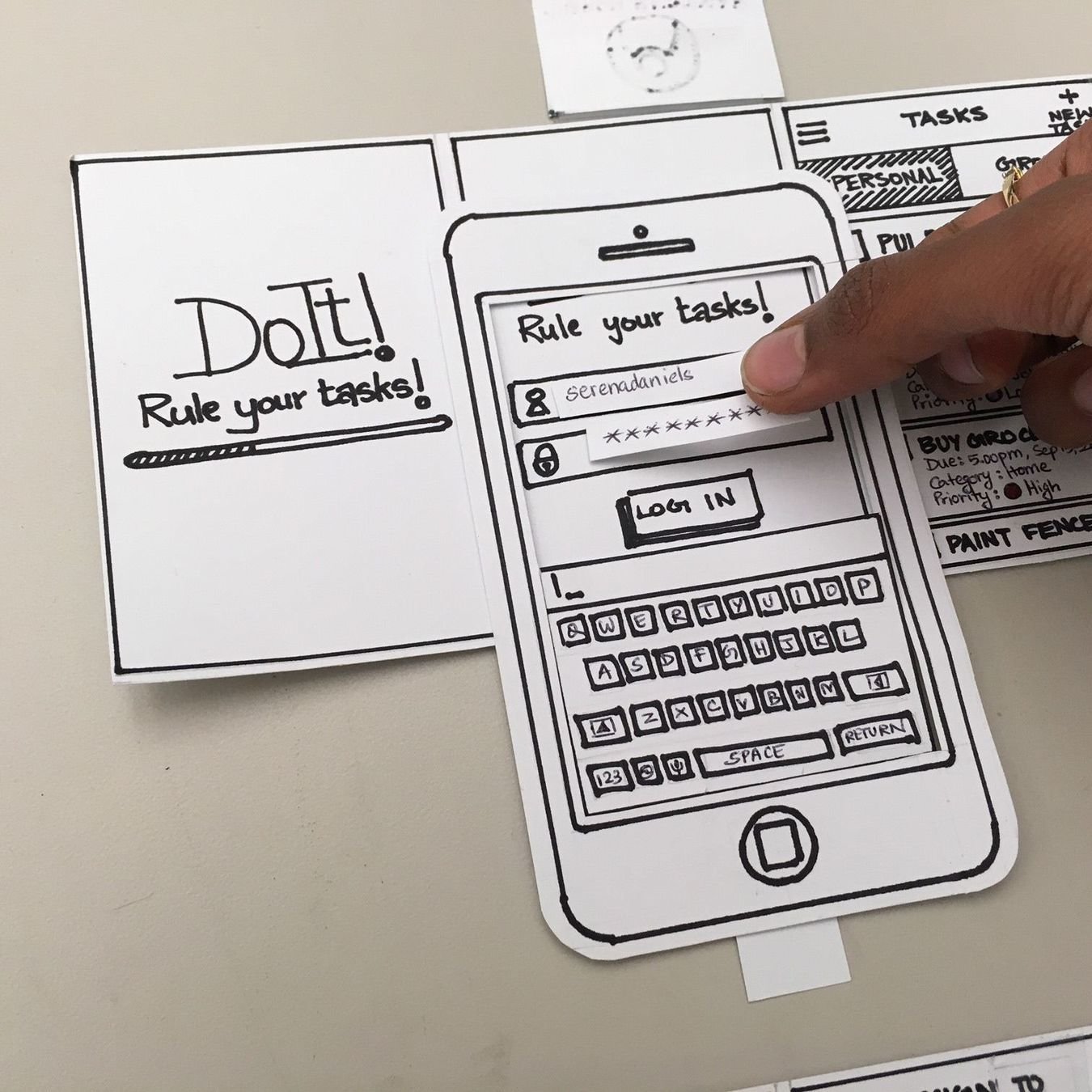


Paper Prototype
- Precedes Internet
- Easy to Create
- Human Emulated
- Tactile Experience
- Different Modality




Paper Prototype
- Precedes Internet
- Easy to Create
- Human Emulated
- Tactile Experience
- Different Modality




Paper Prototype
- Precedes Internet
- Easy to Create
- Human Emulated
- Tactile Experience
- Different Modality




Paper Prototype
- Precedes Internet
- Easy to Create
- Human Emulated
- Tactile Experience
- Different Modality




Paper Prototype
- Precedes Internet
- Easy to Create
- Human Emulated
- Tactile Experience
- Different Modality




Click-Through Prototype
- Easy to Iterate
- Motor Skills, Glare, etc.
- User's actual device
- Figma (InVision, Axure)
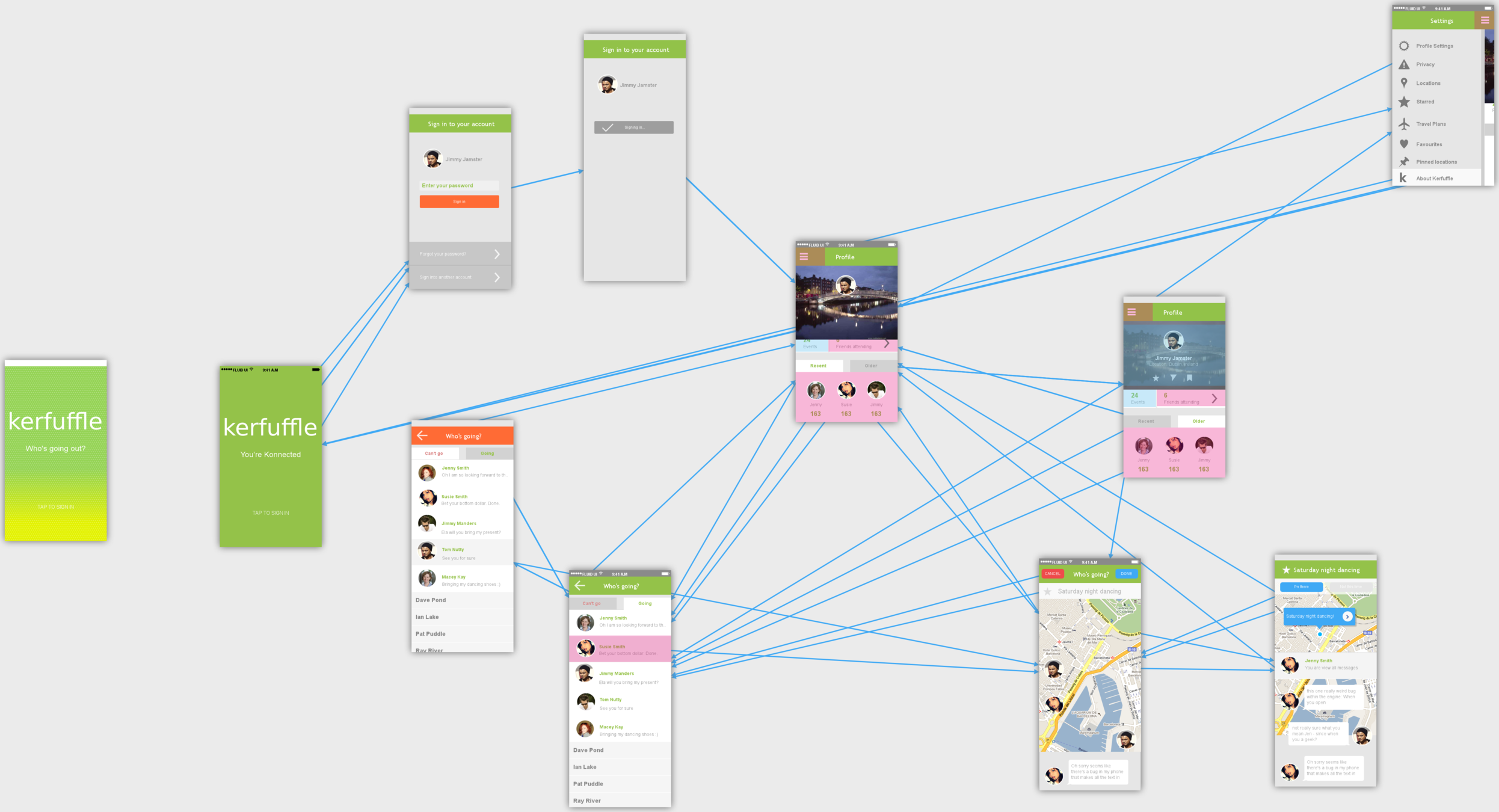

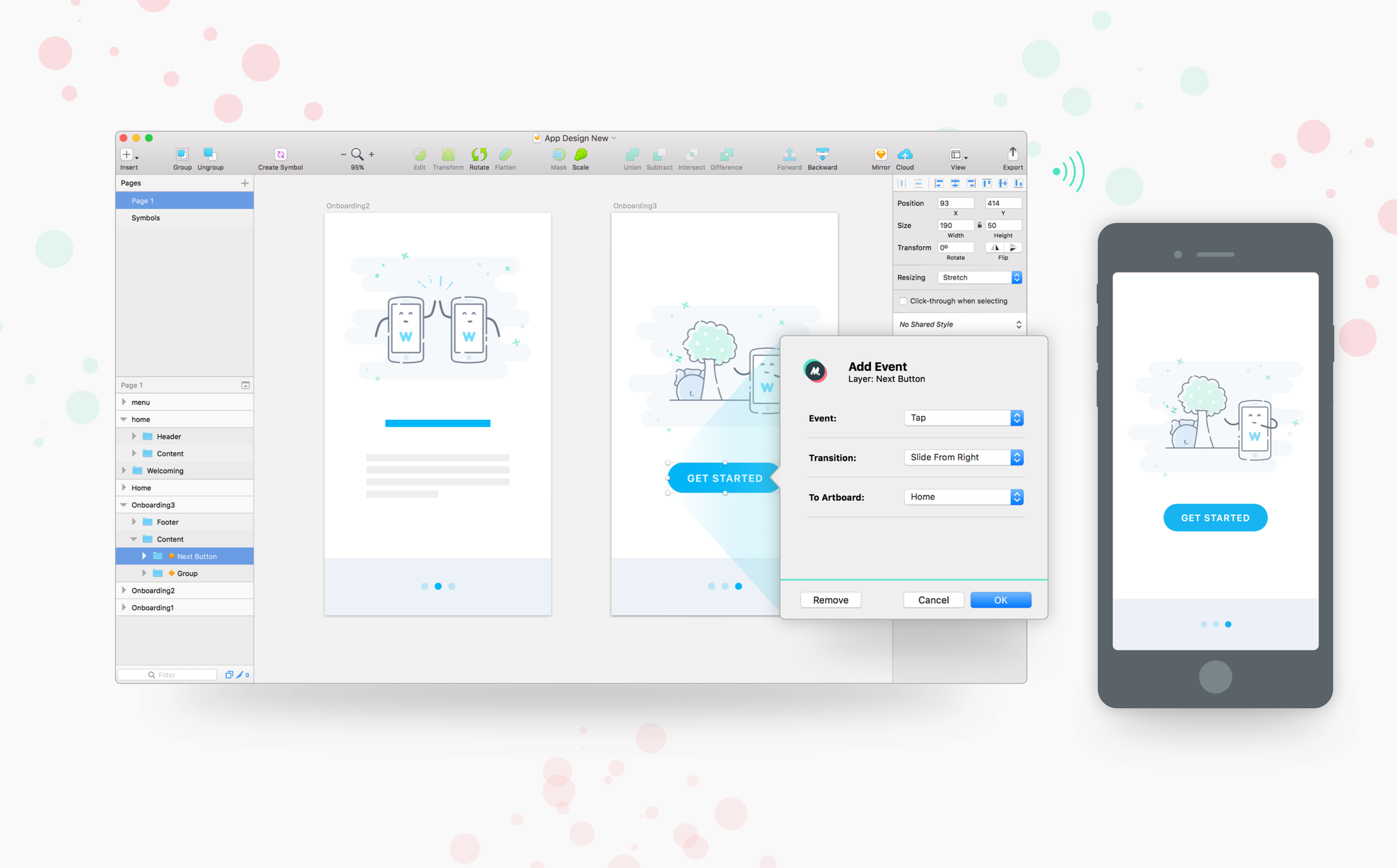

Click-Through Prototype
- Easy to Iterate
- Motor Skills, Glare, etc.
- User's actual device
- Figma (InVision, Axure)




Click-Through Prototype
- Easy to Iterate
- Motor Skills, Glare, etc.
- User's actual device
- Figma (InVision, Axure)




Click-Through Prototype
- Easy to Iterate
- Motor Skills, Glare, etc.
- User's actual device
- Figma (InVision, Axure)




Click-Through Prototype
- Easy to Iterate
- Motor Skills, Glare, etc.
- User's actual device
- Figma (InVision, Axure)




Coded Prototype
- Truest modality
- Technical concerns
- Existing competencies
- Harder to iterate
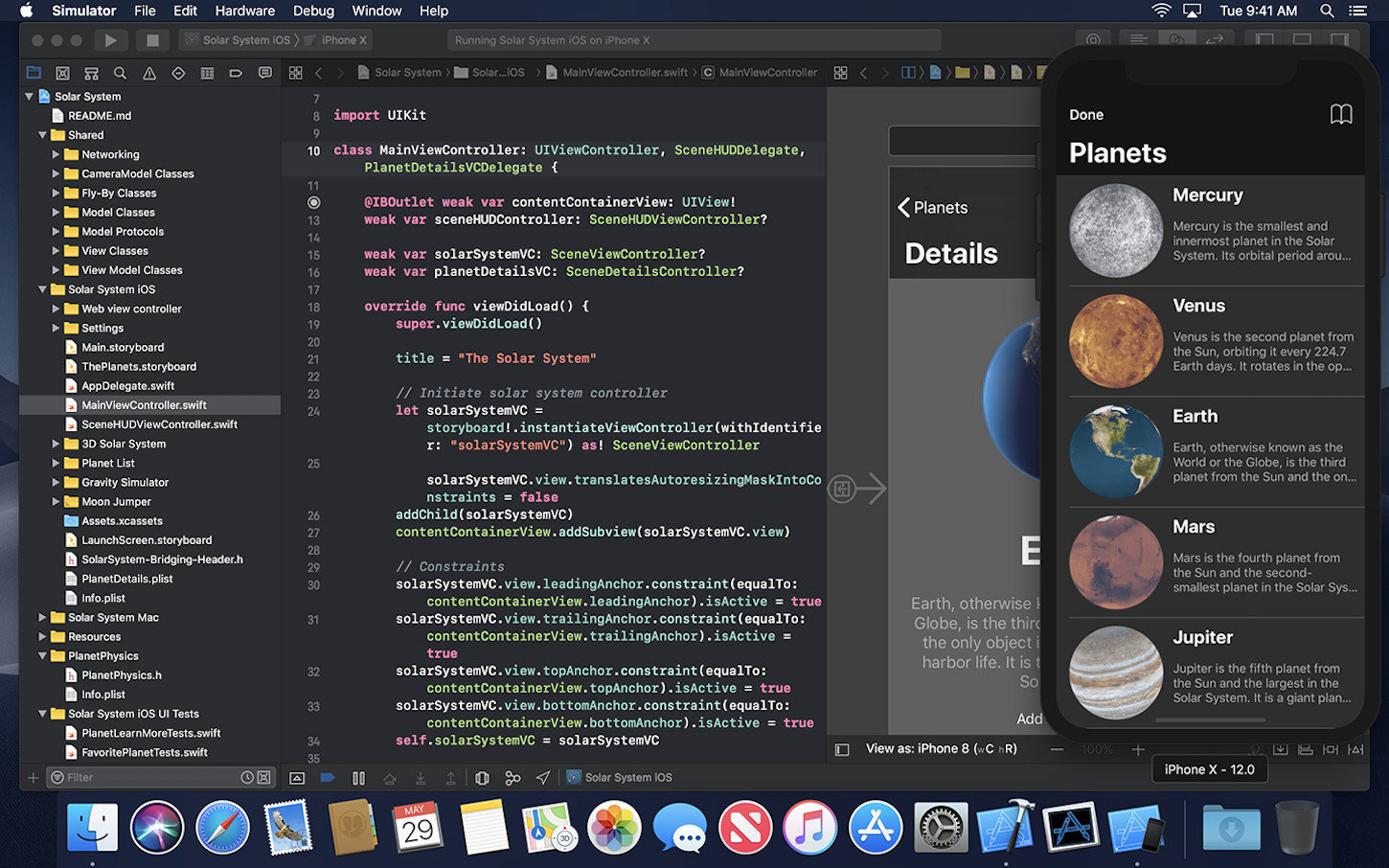
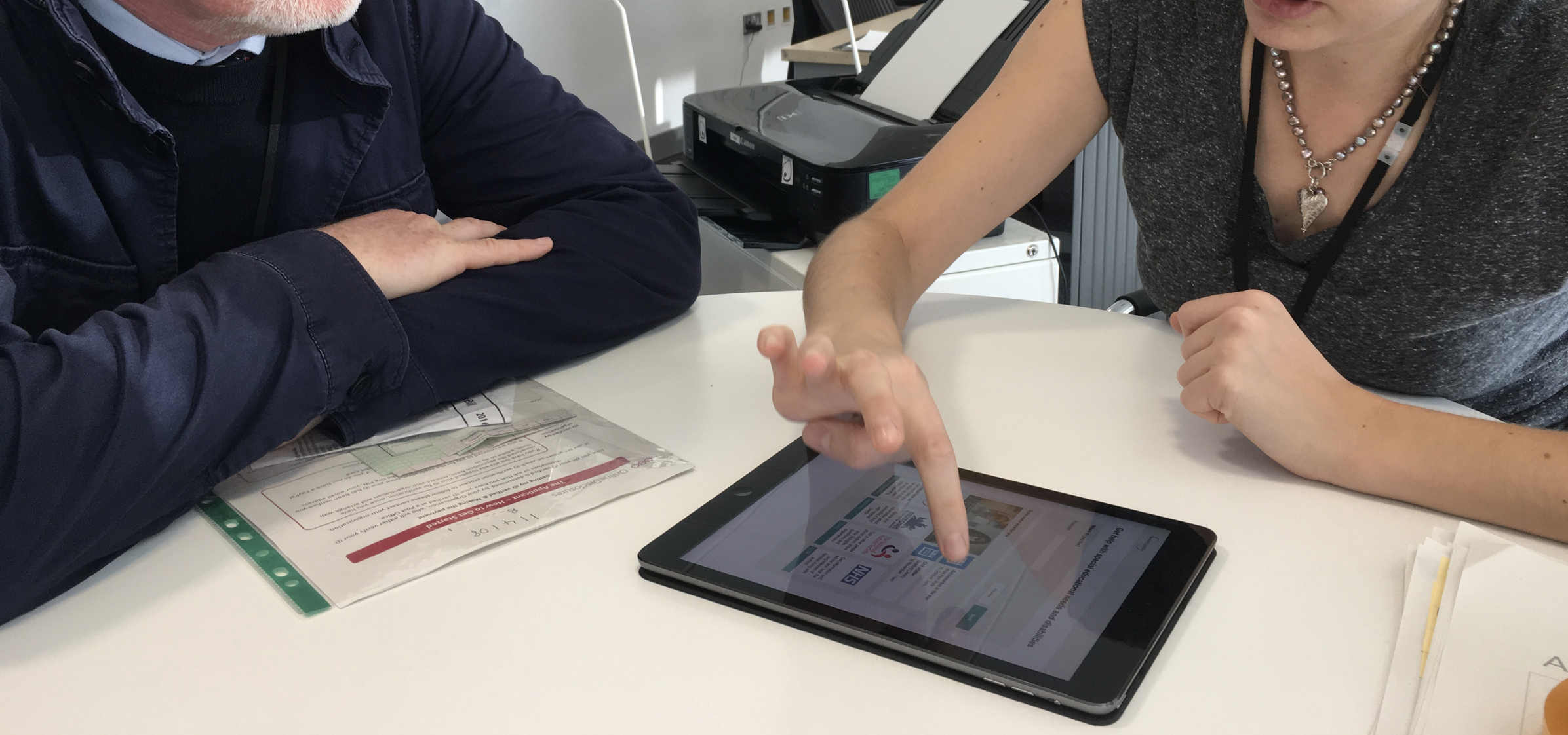

Coded Prototype
- Truest modality
- Technical concerns
- Existing competencies
- Harder to iterate



Coded Prototype
- Truest modality
- Technical concerns
- Existing competencies
- Harder to iterate



Coded Prototype
- Truest modality
- Technical concerns
- Existing competencies
- Harder to iterate



Coded Prototype
- Truest modality
- Technical concerns
- Existing competencies
- Harder to iterate


